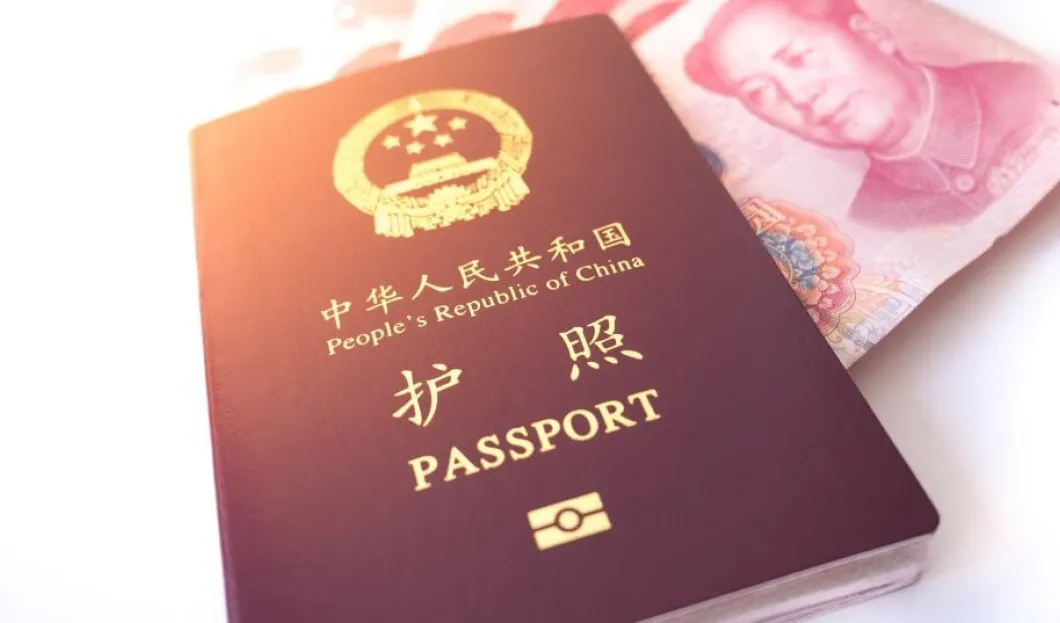
During the recent eight-day Spring Festival holiday, Chinese tourists once again proved their significant contribution to the tourism industry of different countries worldwide. Various industry data shows that Southeast Asian countries have been experiencing a tourism boom due to the rising number of Chinese tourists visiting after implementing visa-free policies.
However, Australia, which has always been a well-known tourist destination, has been overlooked by Chinese tourists.
During this year's Spring Festival, Chinese tourists have significantly boosted the GDP of popular Asian tourist countries, particularly in Southeast Asia.
According to travel website operator Trip com data, bookings in Singapore, Thailand, and Malaysia from Feb. 10 to 17 increased by over 30% compared to the same period in 2019.
LY, another travel platform, reports that hotel bookings in Bangkok tripled between Feb. 10 and 13, while hotel bookings in Singapore increased nine-fold year-on-year.
The Alipay platform notes that consumer spending on platforms in Singapore, Thailand, and Malaysia between Feb. 9 and 12 increased by 7.5% compared to the same period in 2019 and nearly sevenfold from last year. However, the overall consumer spending on the platform overseas has only recovered to 82% of what it was four years ago.
According to the Thailand Tourism Authority, the number of Chinese tourists visiting Thailand during the Spring Festival increased significantly from the previous year. About 244,000 Chinese tourists visited Thailand during this period, more than six times the number of visitors from last year. The Chinese tourists spent 8.6 billion baht (equivalent to US$239 million), a significant increase from the 1.3 billion baht spent by Chinese tourists last year.
The increase in Chinese tourists is attributed to the recent "wave of visa exemptions" for China in Southeast Asia. The China-Singapore Visa Exemption Agreement, which allows holders of ordinary passports from both countries to enter each other's countries visa-free for private affairs such as tourism, family visits, and business for a stay of up to 30 days, will take effect.
Experiential Mobility
According to experts, Chinese tourists are placing more importance on the time and money spent on their travels this year. This means they prefer to visit countries that are easy to reach and offer a good travel experience. As a result, Southeast Asian countries with simple procedures and low costs are often their top choice.
Outside Southeast Asia, South Korea also witnessed an increase in Chinese tourists during Chinese New Year, with over 114,000 visitors, a 4% increase from the previous year.
Furthermore, experts have noticed a growing trend among Chinese tourists to travel independently rather than in groups. As a result, we rarely see Chinese tourists carrying large and small shopping bags overseas. Analysts believe this trend reflects the changing tastes of Chinese tourists who are more interested in experiential travel and prefer more control over their journey, including what they eat, drink, and enjoy, rather than the traditional group check-in model.
According to Alipay, Chinese tourists spend 70% more on global food and beverages than before the pandemic. Trip com reported that the number of overseas car rentals on their platform has increased by 53% compared to 2019, and tickets for overseas attraction experiences have risen by more than 130%.
Additionally, Trip com stated that the Middle East has become a popular Spring Festival destination for Chinese tourists due to the increasing popularity of "experiential travel.". Bookings for travel in Saudi Arabia have increased more than ninefold compared to 2019, while in the United Arab Emirates, they have increased by 60%.
Is Australia left out in the cold?
Chinese tourists are increasingly visiting Southeast Asia, while Australia's tourism industry is struggling. In the past, Australia was a popular destination for Chinese tourists. Still, the number of Chinese tourists visiting Australia has decreased due to the rising prices of flights and accommodations and visa-free policies in Southeast Asia. According to the general manager of a Chinese travel company in Australia, the business has only recovered to 40% of pre-pandemic levels during the Chinese New Year.
Chinese tourists accounted for about 26% of Australia's total visitors during the Chinese New Year, compared to over 50% in 2019, according to the Australian Tourism Export Council (ATEC). Moreover, local tour operators' turnover is less than half of what it was in 2019.
Despite these facts, Australia is sending positive signals to welcome Chinese tourists. The Australian government anticipates China will soon regain its position as the leading source of Australia's international tourism industry.
Before the pandemic, China was Australia's most significant source market, with approximately 1.4 million Chinese tourists visiting annually. As of November last year, the number of Chinese tourists to Australia had recovered to approximately 45% of pre-pandemic levels, and in a recent interview with Xinhua News Agency, Tourism Australia Managing Director Philippa Harrison stated that Australia has a lot to offer Chinese tourists and that the public and tourism industry is very welcoming to them.









